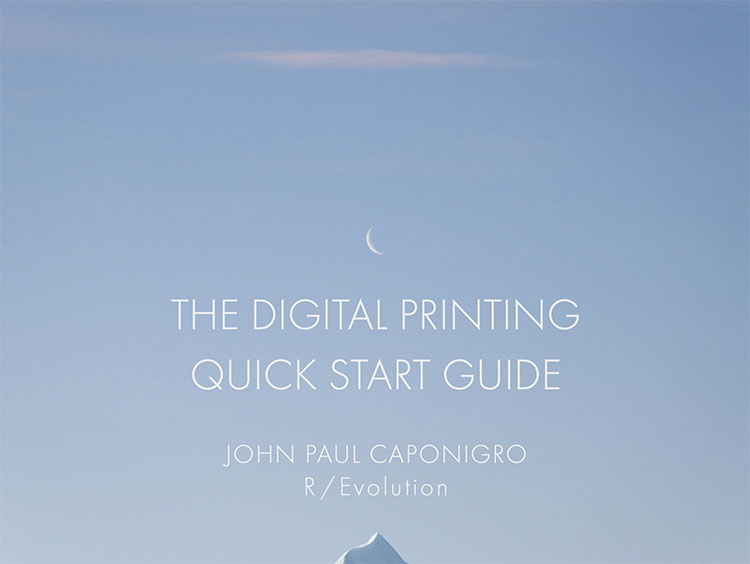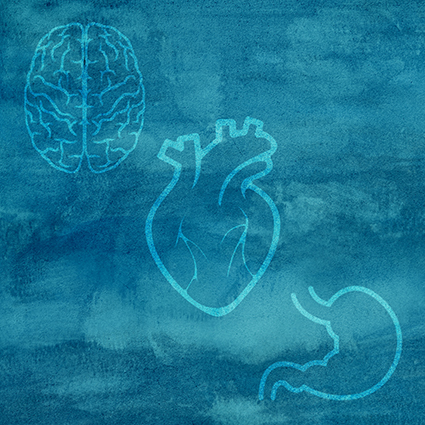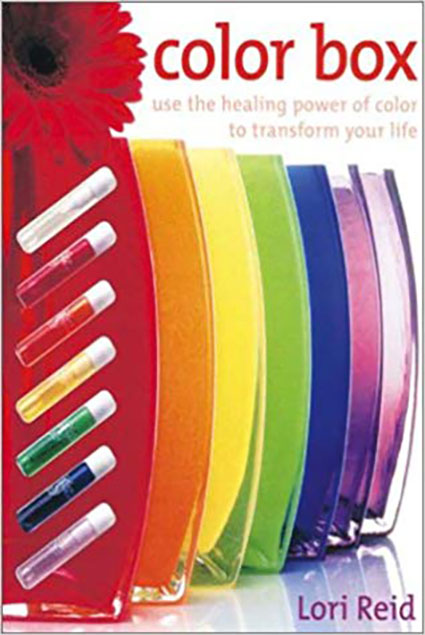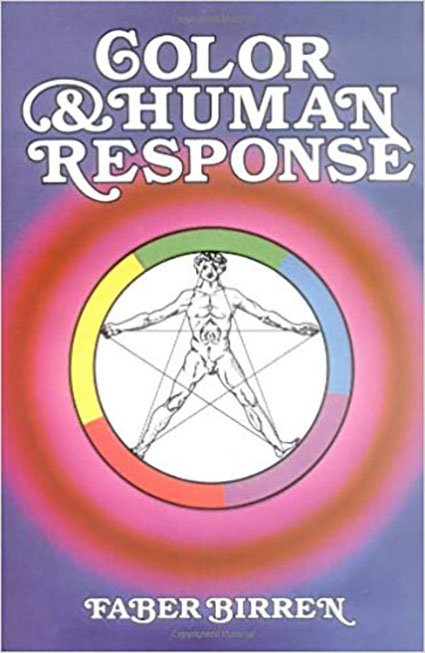Explore The Power Of Color Psychology

Get access to Free To Members resources.
Your login is your email.
Understanding color psychology will help you use its powerful effects to communicate more effectively.

Get access to Free To Members resources.
Your login is your email.
Understanding color psychology will help you use its powerful effects to communicate more effectively.

Color psychology is the study of how color affects human behavior. It’s a long-standing, field used in art, design, marketing, sports, medicine, and much more.
Despite its long history and widespread use, there’s a lot more to discover about how color affects people scientifically. Here’s are a few facts that have been scientifically proven.
We see certain colors more quickly than others.
Warm colors are stimulating and cool colors are calming.
A red room feels 10 degrees warmer, while a blue room feels 10 degrees cooler.
Colors can enhance the effectiveness of placebos.
The presence of green speeds healing.
Athletes perform better in certain colors and get penalized more in others.
Clearly, the responses to color are at once physical, psychological, and social, so identifying the strongest contributor(s) to a response(s) is no easy matter. The more social the response, the more likely it is to vary between individuals. Socially, color psychology has many layers – universal, cultural, regional, communal, individual. And then there’s time. Age (as well as gender) can also influence how a person perceives and interacts with color. An era or a moment can become important factors too. It’s complicated but it’s fascinating!
Color affects body, mind, and emotions. Color can be used by physicians to promote physical and psychological health, by businesses to brand identities and influence purchasing decisions, by political movements to propagate values and ideas, and by artists to communicate aesthetics and emotions. Color is a powerful communication tool that can be used to influence perception, mood, and action.
Considering the psychological dimensions of color consciously will give you a greater awareness of the phenomenon of color and improve your ability to communicate with it. Remember, there are shared responses to color and you have your own individual responses to color. Being able to tell the difference can be insightful. This mindfulness is something every visual artist will benefit from.
How will you use color?
Read more on Color Psychology here.
Learn more in my digital printing and digital photography workshops.
Looking for great reading on color psychology?
Start with these three very different books.

Lori Reid
A simple approachable survey that’s lushly illustrated.
Johannes Itten
The expanded version of a true classic The Elements Of Color includes personal exercises and analyses of historic paintings.

Faber Birren
A comprehensive overview of all areas of the field by the most prolific author on color.
Read more on Color Psychology here.
Learn more in my digital printing and digital photography workshops.

For most of us, when it comes to emotions, our thinking is often unclear. Most of us enjoy positive emotions, often looking to things outside rather than inside of us to produce them more frequently and intensely. Most of us dislike negative emotions, denying or repressing them so quickly we make little time to truly understand how they were produced, what we can learn from them, and how to encourage different responses, ones of our own choosing. Because of the volatile nature of emotions, at one time or another and sometimes habitually, many of us repress emotions in an effort to avoid conflict and maintain control. Unsure of where they come from or how they were produced we simply react to our emotions, thinking that they are natural, thus inevitable, or that something outside us produces them, thus we are not responsible for them. Even though our emotions can be highly subjective and individual we think of them as universally justified and even though they often change quickly we think of our habitual reactions to them as unchangeable.
In reality, we’re responsible for our emotions. They’re our reactions. When we find that we tend to react to certain things in predictable ways we may become more interested in learning more about our emotions. When we find that we can choose our reactions we may become more interested in developing our emotions.
Awareness is the first step to developing your emotions. Becoming more conscious of our emotions helps us to understand them better, to be less controlled by them, to choose our responses to them, and even to work with them to reduce, intensify, or even change them. In time, you may even find you respond to other people’s emotions differently.
Simply observe your emotions – and everything that surrounds them.
If you find it challenging to focus on a specific emotion, try bringing to mind an event that evokes it for you.
Don’t judge or attempt to change your emotions – or yourself.
What words would you use to describe an emotion?
Are your emotional reactions linked to specific events in your life or ideas you hold?
Identify the physical sensations in your body that accompany an emotion for you.
Over time, does an emotion stay the same or change in intensity or quality for you?
Do you stay with or return to one emotion more frequently than others?
Do your emotions follow any predictable patterns?
Let your emotions flow, allowing them to persist, change or fade without intervention.
Observe your emotions as if they are only one part of you. While you’re feeling an emotion, it may help to simply state “I am feeling …” which can help increase your awareness of both your active role in their existence and the transitory nature of your emotions.